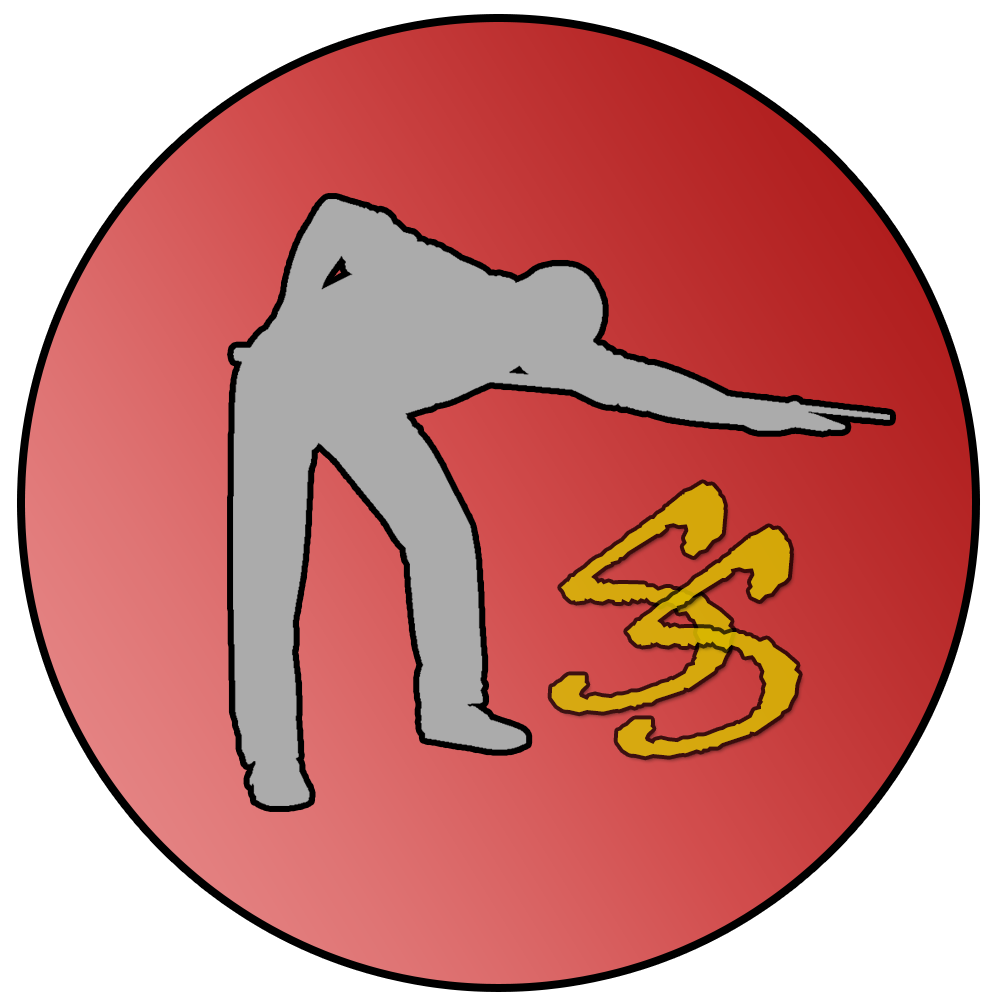One of the best accomplishments in snooker that won’t be achieved ever again. Ronnie O’Sullivan has many accolades and records but one of his great victories, that doesn’t necessarily have a statistic attached to it, could arguably be the best of them all. His fifth and most recent world title in 2013 saw an exemplary performance, only surpassed by what occurred before the event.
And that was nothing. Nothing at all. O’Sullivan spent the entire season away from snooker. Actually, it wasn’t a wholly vacant season. He did compete in one competitive match at the PTC in September 2012; which was a best-of-7 against Simon Bedford that he actually lost 4-3. If you look at his Wikipedia page, you’ll see an entire empty column for the 2012/13 season with the exception of his victory at the Worlds.
O’Sullivan’s reasons for not participating that season were his own. After winning his fourth world title in 2012, he announced that he would be taking six months out of the sport. Indeed, he did take part in that one PTC match however, he then formally wrote to WST that he intended not to continue or enter any events for the remainder of the season.
That is, until February of 2013. O’Sullivan announced with Barry Hearn that he would be participating in the WSC. As the defending champion, he was automatically qualified as the No. 1 seed, hence no need to go through that turmoil despite naturally falling out of the Top 16 from not competing. Following this announcement, ticket sales spiked and BBC 2 announced live coverage of the opening match as opposed to Red Button access (which is a pretty big deal for those in the UK).
Which is why there was understandable outrage when snooker was cut as O’Sullivan was 9-3 up in his opening match against Marcus Campbell. The live broadcast switched to a repeat showing of Some Mothers Do ‘Ave ‘Em as the match was in its final stages. While most would be happy to see Frank Spencer, many were unhappy on this occasion.
Whatever O’Sullivan did during his sabbatical is known to him, but one article stated his attempt at handiwork on a farm. This didn’t match too well with O’Sullivan and made him appreciate snooker more. O’Sullivan stated that his friendship with Damien Hurst as one of the reasons for his comeback; mainly due to the social aspect of competing in snooker.
Nevertheless, O’Sullivan returned that season to the grand stage and it was like he didn’t miss a beat. Following his opening win against Campbell, O’Sullivan saw away 2008 finalist Ali Carter, before he displayed a formidable display of snooker against Stuart Bingham. O’Sullivan won 12 out of the first 13 frames which John Parrott classed as ‘snooker from the gods’. And this only continued as O’Sullivan went on to beat Judd Trump and Barry Hawkins whilst not losing a session in the whole tournament.
Can I just reiterate that a player who has not competed all season just won the World Championship without losing a single session? Not bad for someone who considered winning the title that year after a year off as a ‘silly goal to set’.
O’Sullivan states whenever he is asked that 2012 is his best WSC victory and the one where he probably played his best. I can agree with that – in terms of snooker, he absolutely shined. However, 2013 will always be the most impressive for me because it’s as if nothing had changed. Please tell me someone who takes a year out of their sport only to return and win the highest prize of the season. All in a season which saw the likes of Selby, Robertson, Ding, Trump and Higgins breaking through as they were adding to their trophy cabinets.
So I think of it accurate when O’Sullivan once mentioned that he felt like he stole this WSC because that’s precisely what he did. You have players that practice and compete year round to try and financially support themselves; those that try to win tournaments; and then an outsider comes in and swipes it from all of them, just after a few practices with Peter Ebdon. There isn’t a single other player, past, present or even in the future that could do what O’Sullivan did in 2013. Which is why I think it is one of the best achievements in snooker, period.
Like this Short? Click here to read: World Snooker Championship 1927 (The First One!) – Throwback
Have an idea for a Short post? Feel free to get in touch using the social media links below! Thanks for reading!








